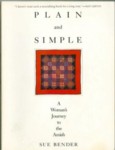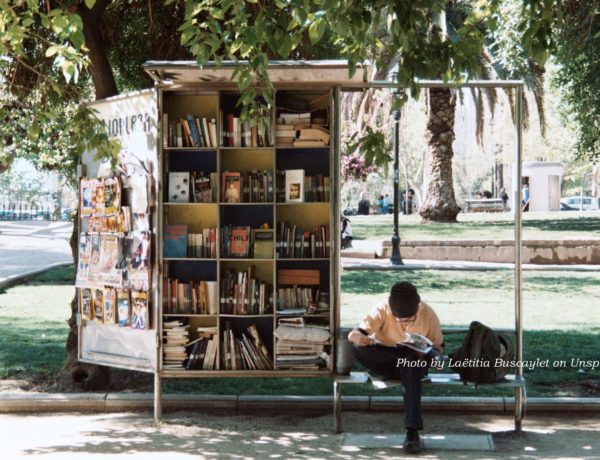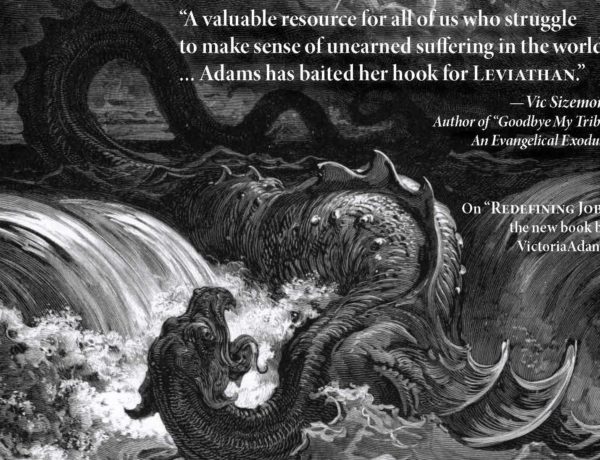Originally published July 7, 2012
Plain and Simple, By: Sue Bender. Readily available for less than $20.00
I decided before writing this review I would glance through a few of the reviews on Amazon to get some idea of what other people were saying. My, my. Sometimes I wonder if I have read the same book!
Perhaps it’s me, but my viewpoint on the book was 180 degrees from some of the input on the website. I found the book some years ago when I, too, was looking for a different viewpoint, a different way of seeing things. Since there is an artist hidden somewhere inside of me, I was drawn to the description on the dust jacket that indicated the author was first drawn to the “idea of the Amish” through their art. Most markedly their quilts. Her first introduction to the quilts was in 1967. Sometime later she was struck by another art form of the Amish; faceless dolls. She sought out an Amish woman that would make two dolls for her since they are not something on the open market. By 1982 her personal haunting found an outlet and she arranged to spend some time with an Amish family. It was sometime later that she was able to arrange a second visit in a different community with slightly different personalities and traditions.
This is not a book about the Amish per se. It is about a particular person’s search to find whatever quality it is that creates this quiet eye of the storm represented by Amish communities and craftsmanship. She chose the analogy of the quilts because she was able to “rearrange the pieces” of her mental quilt to find the pattern most fulfilling and intriguing to her. The faceless dolls also gave her food for thought and a basis of inner reflection regarding the way she looked at life. Yes, the book is her book, centered on her beliefs, her experiences and her interpretations. That is the point of a personal journey. It is the reader’s choice whether or not to join the author on the journey. Her perspectives of the people she shared her time with bear an honest stamp of, “Could I do that?” Yet she shows respect for the way they have shaped their lives around a central idea and body of beliefs. I think her quest was to find some central idea or belief to support her life choices. As it happens, she does find the tools. A later book describes her struggle to implement those tools. Conversion experiences are always uplifting but it is a different thing to take that feeling home and incorporate it in your day to day life.
I found the book special to my own thought processes and recognized the struggle she had between the life we usually lead and the one that lives quietly within us.



No Comments